Carl Hester on working with young horses, worth reading what he says about a young Valegro:
Valegro starting out
“Anyone who remembers him as a four, five or six year old, he had a very strong, Cobby, trot, there wasn’t the sort of power and expression he has now. He has a hanging moment now and he looks like an incredible mover, but back then, he had all the mechanics, but he didn’t have the lightness, he was always a bloody strong horse. He always had the hock action, that I don’t believe you can change.”
Back to the Hester Masterclass
Carl is stressing to his student, Tori Welch riding her four-year-old De Lorenzo K (De Niro / Sandreo / Metall) that the Young Horse class is really everything. “Many of our Grand Prix horses were not Young Horse stars, and plenty of Young Horse stars disappear. I’d rather a normal moving horse with a fabulous work ethic, than the super mover.”
There are some things Carl is not prepared to tolerate, and that is a lateral walk. “We have a dog at home with an awful walk, and at our open days, I use him to demonstrate – if your horse walks like this, get rid of it, it’s okay for a dog, not for a horse. Tori’s horse hasn’t got the slightest sign of a lateral walk. 9 / 10? Not yet, because he hasn’t got the biggest over track. The use of the head and neck is so important in walk, it should be like a rowing motion, the horse has to take your hand forward and not fiddle and get behind the vertical. Practice a lot of correct walk at home and get him used to being ridden forward in walk.”
“The trot is the least important pace. I don’t want an enormous mover, just a nice, easy rhythm.”
To keep the canter rhythm, Carl warned against going too deep in the corners with a young horse, and once again, stressed the importance of the inside leg:
“Canter big half circles in the corners to keep the rhythm, but make sure you get the bend. Watching the Grand Prix horses last night, out of six Grand Prix horses, most when they turned right, almost had a left bend. It’s natural with horses because they are stiff on one side. On the left side they are upright, on the right side, they lean into the rider’s leg. Yes, we all know about inside leg to outside rein, but also think about the inside rein and the outside leg.”
“In the canter / trot transition, try to get the horse to flow onto the bit a little more, so it is more secure in front. You see so many transitions where the horse drops its back and its head comes up. Why? Not enough impulsion. Try not to slow down for the transition, and ride it in a slightly lighter seat.”
“Think of the first stride of canter like the third or fourth stride… In the canter stretch your bottom half and lift your top half, your hips swing through to your hands, not side to side, forward to your hand.”
“This horse is almost too light. Some are born with mouths like silk, some with mouths like bricks. The heavier horse is easier because the light one is often behind the bit. The one that is behind the bit will never collect. You need a very good still hand for the horse that is light, he must learn to trust your hand and then he can improve quite easily.”
“Charlotte and I like hot sensitive horses but they must have a work ethic, this horse has a 100% work ethic. With age and getting stronger, he is going to show lots of improvement. I picked all these horses off a video, and you don’t really know what you are getting. If they turn out to be very difficult, then it can be a nightmare for me, great for the spectators! Tori’s horse is just perfect.”
More: https://www.horsemagazine.com/thm/2018/08/catching-up-with-carl-hester-exclusive/



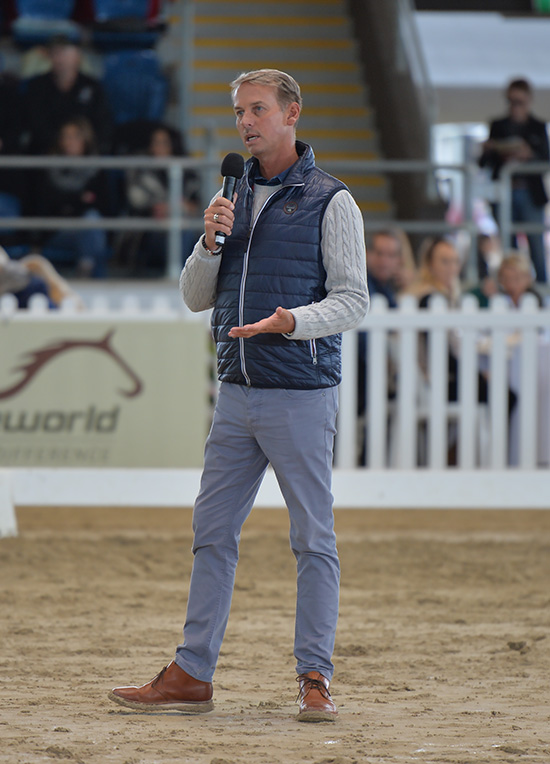
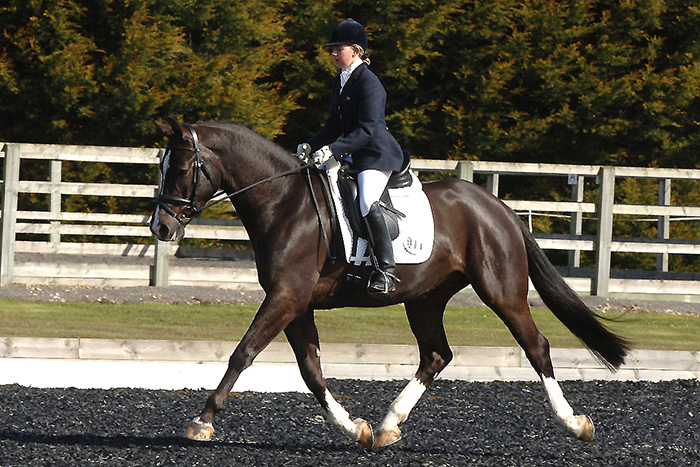
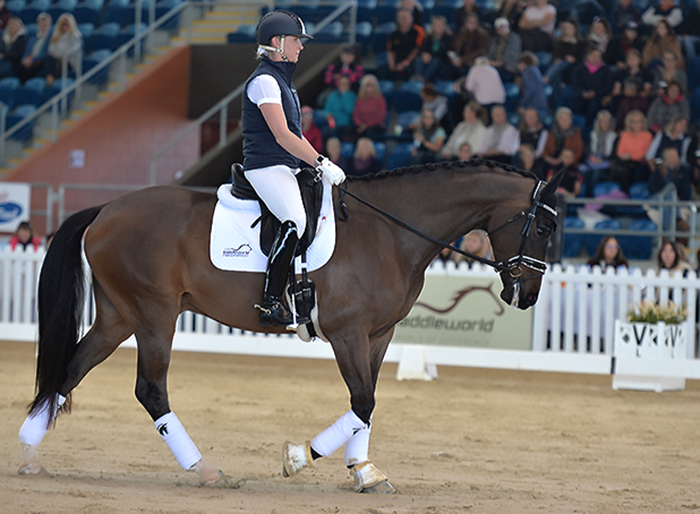
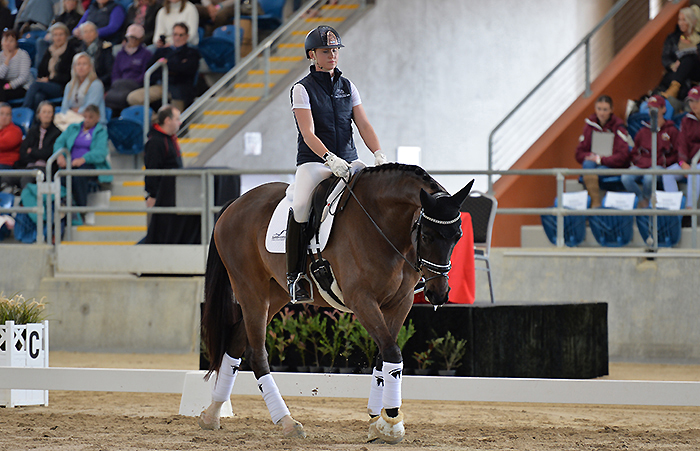

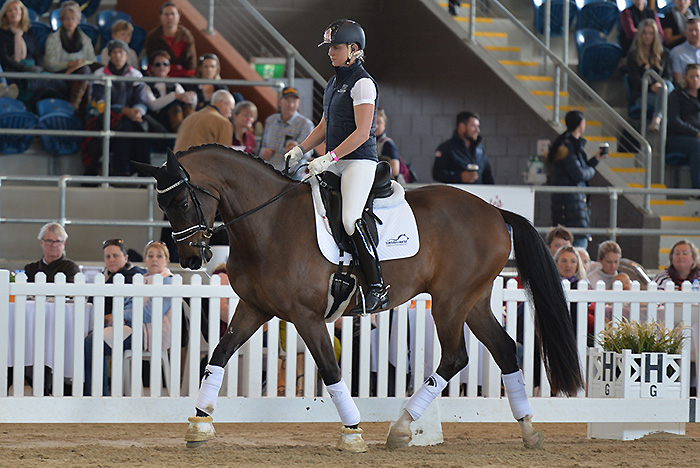
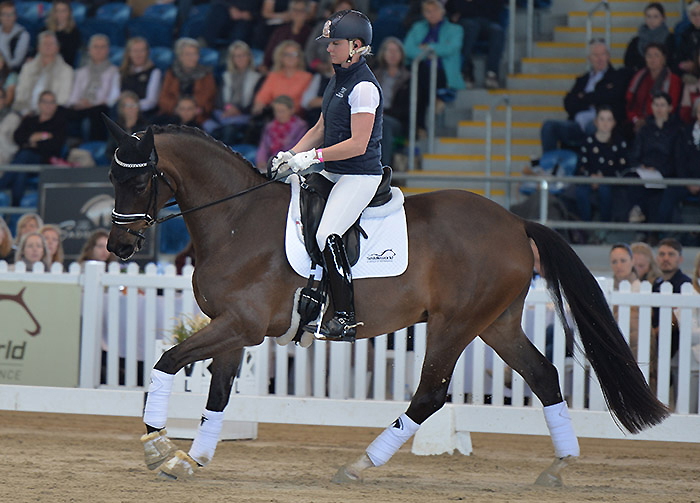
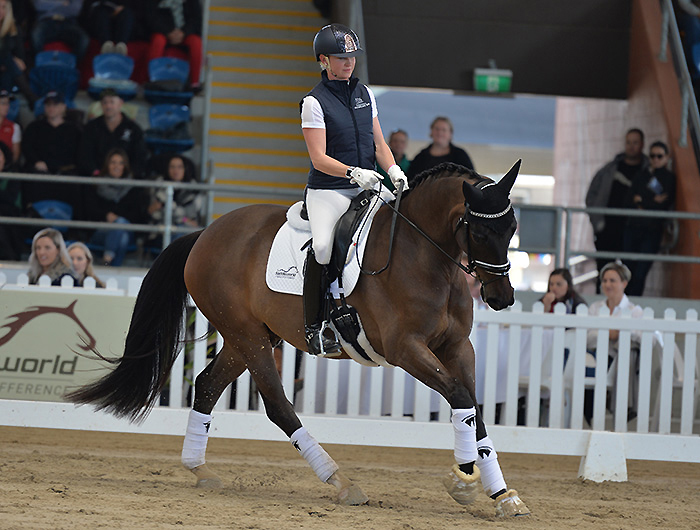
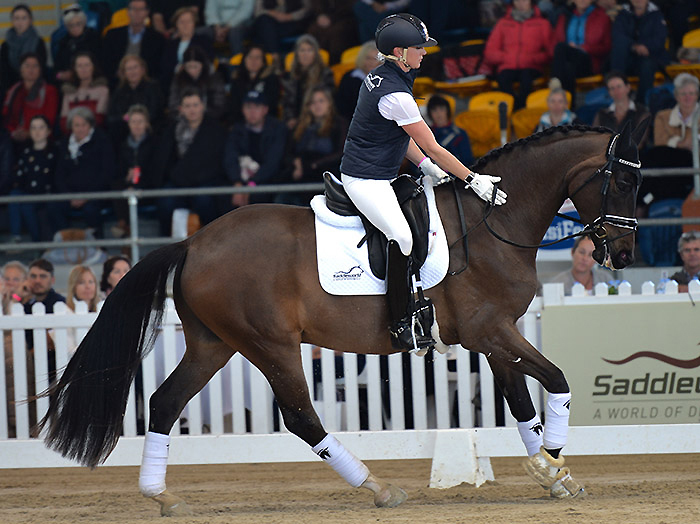
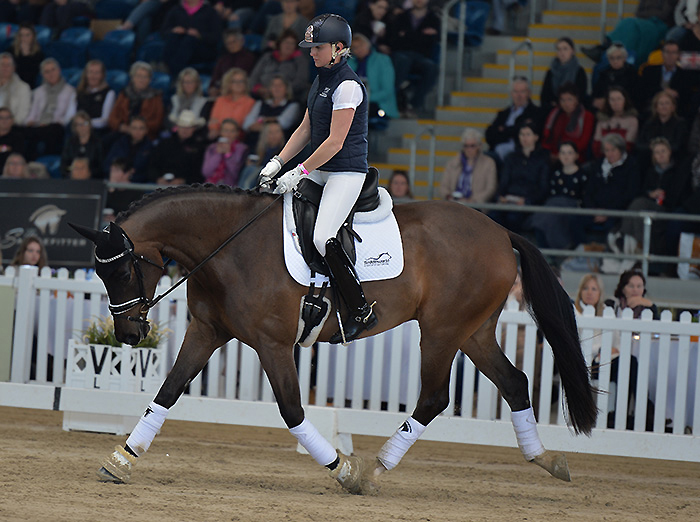
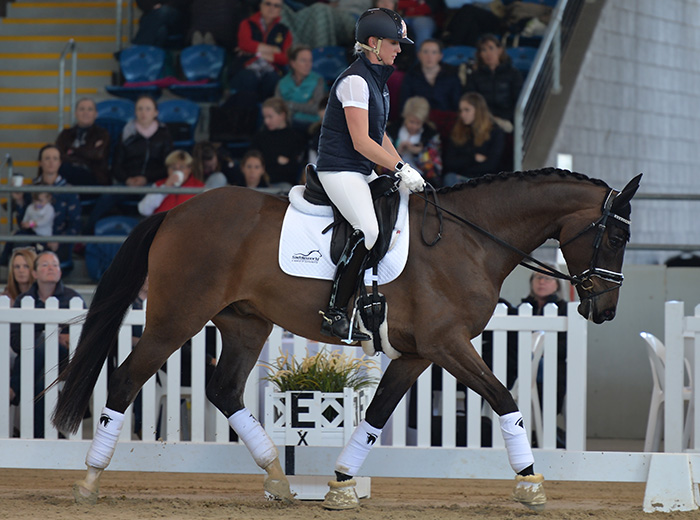
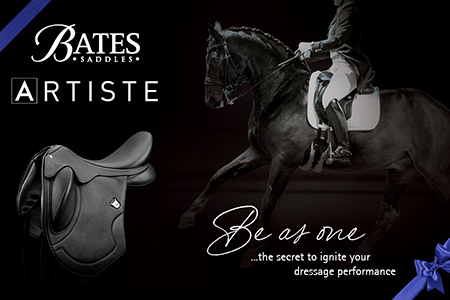
Great article thank you